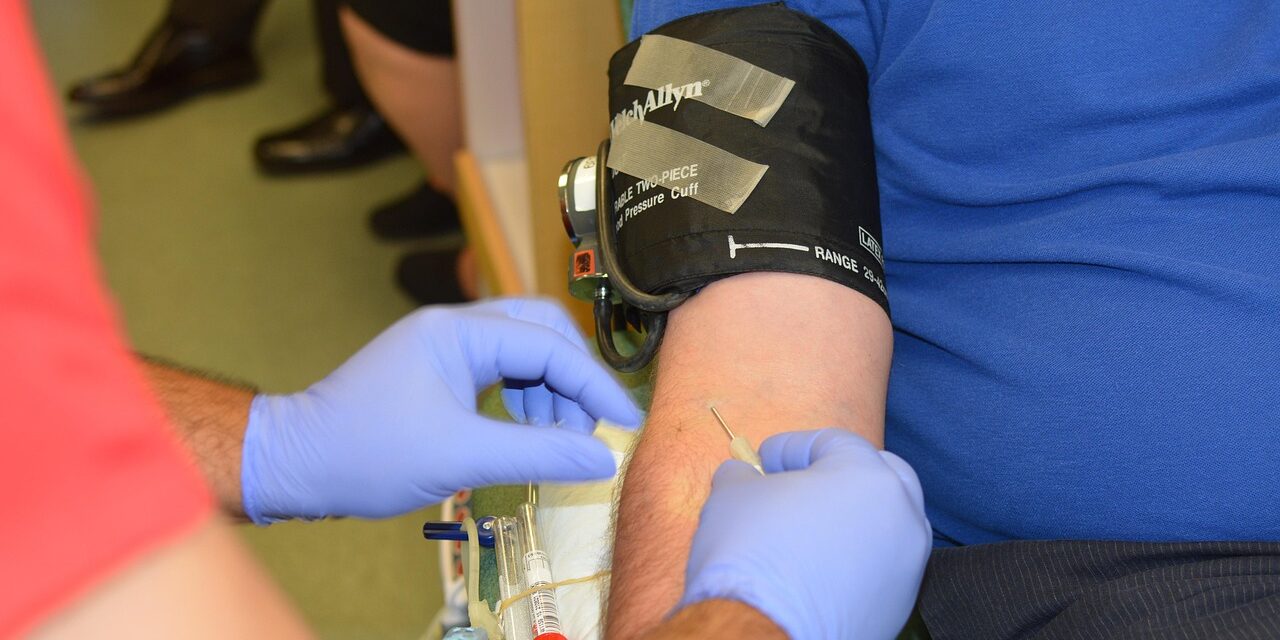Blood Donor Shortage Worsens as Artificial Substitutes Remain Limited to Emergency Use

Summary
Full Article
The American Red Cross is experiencing a severe and sustained shortage of O-negative blood donors, with supply levels falling below optimal standards since 2021 according to the organization's internal assessments. This universal donor blood type, which can be given to any patient regardless of their blood type, represents only 7% of the population but is critically needed for emergency situations when a patient's blood type is unknown. The shortage has been exacerbated by a declining donor base and changing donor demographics, with COVID-19 pandemic-related blood drive cancellations and younger generations not donating at the same rates as previous generations.
Compounding the problem, artificial blood substitutes remain unable to fully replace human donations despite decades of research. Researchers at the University of Maryland School of Medicine in Baltimore have developed ErythroMer, a powdered blood substitute that can be reconstituted with water for emergency use. However, as Dr. Allan Doctor, head of the Center for Blood Oxygen Transport & Hemostasis at the University of Maryland School of Medicine explains, this product serves only as a "bridging therapy" for battlefield or highway emergencies where traditional transfusions aren't possible. The technology, developed through research at https://www.medschool.umaryland.edu, cannot replicate the complex properties of human blood that patients ultimately require.
The donor shortage affects all blood types, with only about 3% of the U.S. population donating annually to provide the 13.6 million units of whole blood and red blood cells needed nationwide. The Red Cross, which collects 40% of the country's blood supply, is implementing measures to improve the donor experience, including testing a new hemoglobin screening device that eliminates the finger-stick test by using light passed through the thumb. This technology, while reducing pain and supply costs, has shown reliability issues when donors' hands are not sufficiently warm, potentially leading to unnecessary donor rejections.
For eligible donors, the process remains relatively straightforward despite these challenges. Donors must weigh at least 110 pounds, be 17 years old, and meet specific health criteria including no recent tattoos, piercings, or certain medical conditions. The actual donation process for Power Red donations, which collect double the red blood cells of a standard donation, takes approximately 45 minutes using apheresis machines that separate red cells from other blood components and return the remaining fluids to the donor's body.
The ongoing shortage has significant implications for emergency medical care, neonatal intensive care units, and trauma centers that rely on consistent blood supplies. While artificial substitutes may eventually help address specific emergency scenarios, the medical community emphasizes that human blood donors will remain essential for the foreseeable future, making sustained donor participation critical for maintaining adequate blood supplies across healthcare systems.

This story is based on an article that was registered on the blockchain. The original source content used for this article is located at citybiz
Article Control ID: 168818